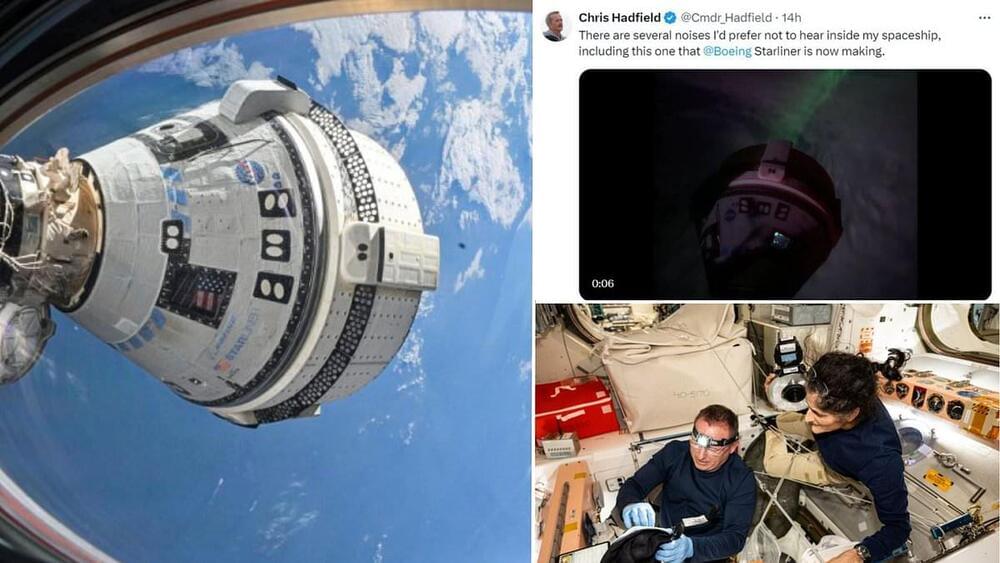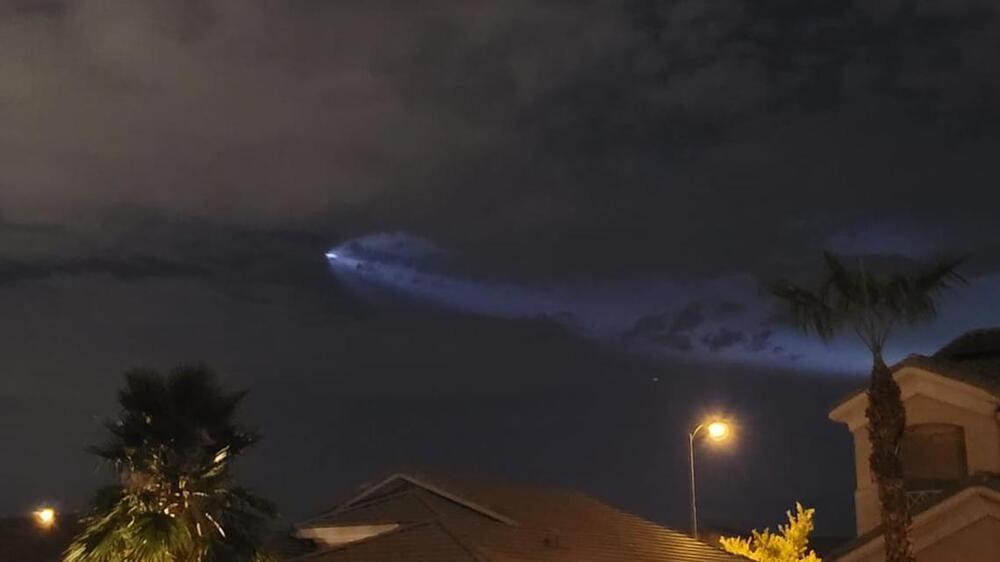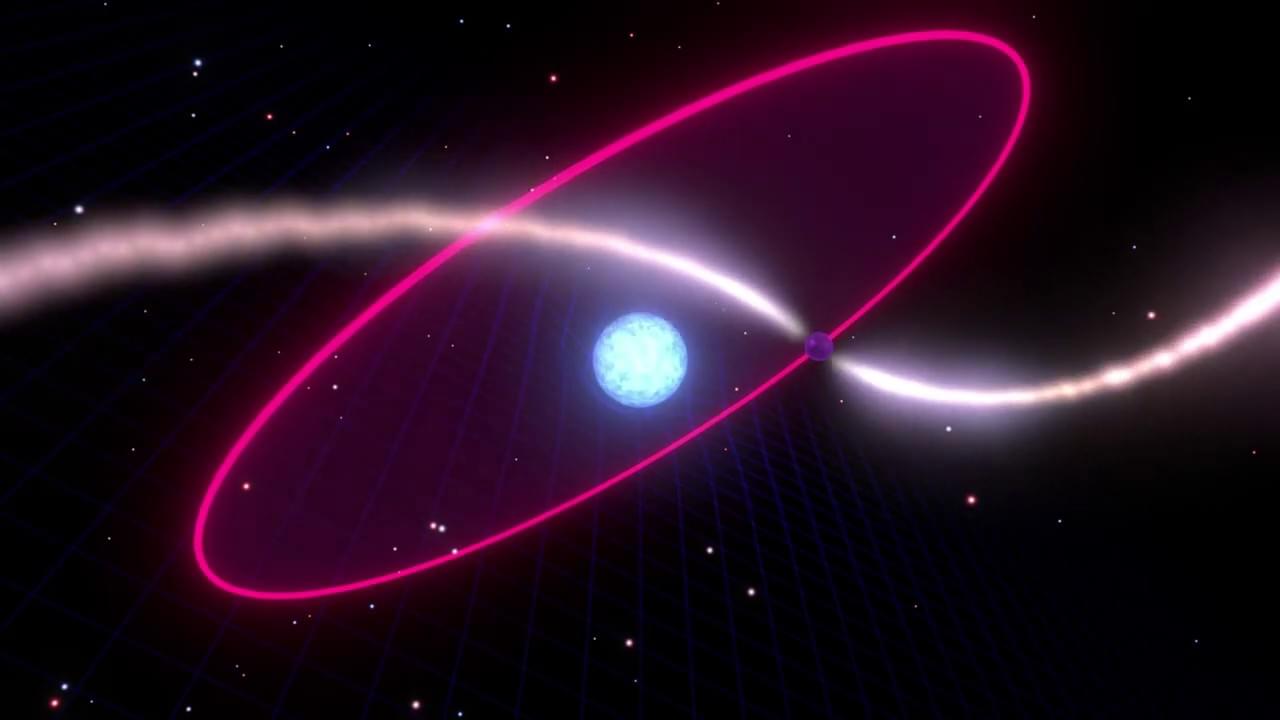Sep 9, 2024
To make Mars warmer, just add nanorods
Posted by Dan Breeden in categories: nanotechnology, space
Releasing engineered nanoparticles into the Martian atmosphere could warm the planet by over 30 K.
Releasing engineered nanoparticles into the Martian atmosphere could warm the planet by over 30 K.
face_with_colon_three year 2022.
Astrophysicists hope a map created by the Dark Energy Spectroscopic Instrument will help answer questions about the expansion of the universe.
Continue reading “Largest 3D map of the universe contains 8 million galaxies” »
The University of Texas at Austin this week announced that it has opened its undergraduate robotics program to high school applicants. The honors program is one of the first in the U.S. that allows incoming freshmen to apply for the program as part of their initial admission application. It’s a clear indication that robotics is no longer in the realm of hyper-specialized graduate and doctorate programs.
The minor is tied to a handful of other majors, including aerospace engineering, electrical and computer engineering, computational engineering, computer science and mechanical engineering. Each forms a foundational piece of an eventual robotics major. With the rise of robotics in high school STEAM teaching, the program is designed to maintain incoming freshmen’s interest in the growing space.
New James Webb Space Telescope results have revealed that there may not be a Hubble tension after all. But contradictions within the findings point to a deeper mystery.
HELSINKI — Senegal’s space agency signed an agreement on cooperation on the International Lunar Research Station Thursday, swelling the ranks of the China-led project.
Maram Kaire, head of the Senegalese Space Study Agency (ASES) and Li Guoping, chief engineer of the China National Space Administration (CNSA) signed the agreement on cooperation in the International Lunar Research Station (ILRS) at the second international conference on deep space exploration (Tiandu) in Tunxi, Anhui province, Sept. 5.
The agreement came as Chinese President Xi Jinping held talks with Senegalese President Bassirou Diomaye Faye. The latter is visiting for the Beijing Summit of the Forum on China-Africa Cooperation (FOCAC) and a state visit.
Researchers from LMU, the ORIGINS Excellence Cluster, the Max Planck Institute for Extraterrestrial Physics (MPE), and the ORIGINS Data Science Lab (ODSL) have made an important breakthrough in the analysis of exoplanet atmospheres.

Reference #18.8ced19b8.1725643687.30bebd35
https://errors.edgesuite.net/18.8ced19b8.1725643687.30bebd35

This is the 20th flight for the first stage booster supporting this mission, SpaceX said online.

Enjoy the videos and music you love, upload original content, and share it all with friends, family, and the world on YouTube.
Deep learning (DL) has significantly transformed the field of computational imaging, offering powerful solutions to enhance performance and address a variety of challenges. Traditional methods often rely on discrete pixel representations, which limit resolution and fail to capture the continuous and multiscale nature of physical objects. Recent research from Boston University (BU) presents a novel approach to overcome these limitations.
As reported in Advanced Photonics Nexus, researchers from BU’s Computational Imaging Systems Lab have introduced a local conditional neural field (LCNF) network, which they use to address the problem. Their scalable and generalizable LCNF system is known as “neural phase retrieval”—” NeuPh” for short.
NeuPh leverages advanced DL techniques to reconstruct high-resolution phase information from low-resolution measurements. This method employs a convolutional neural network (CNN)-based encoder to compress captured images into a compact latent-space representation.
